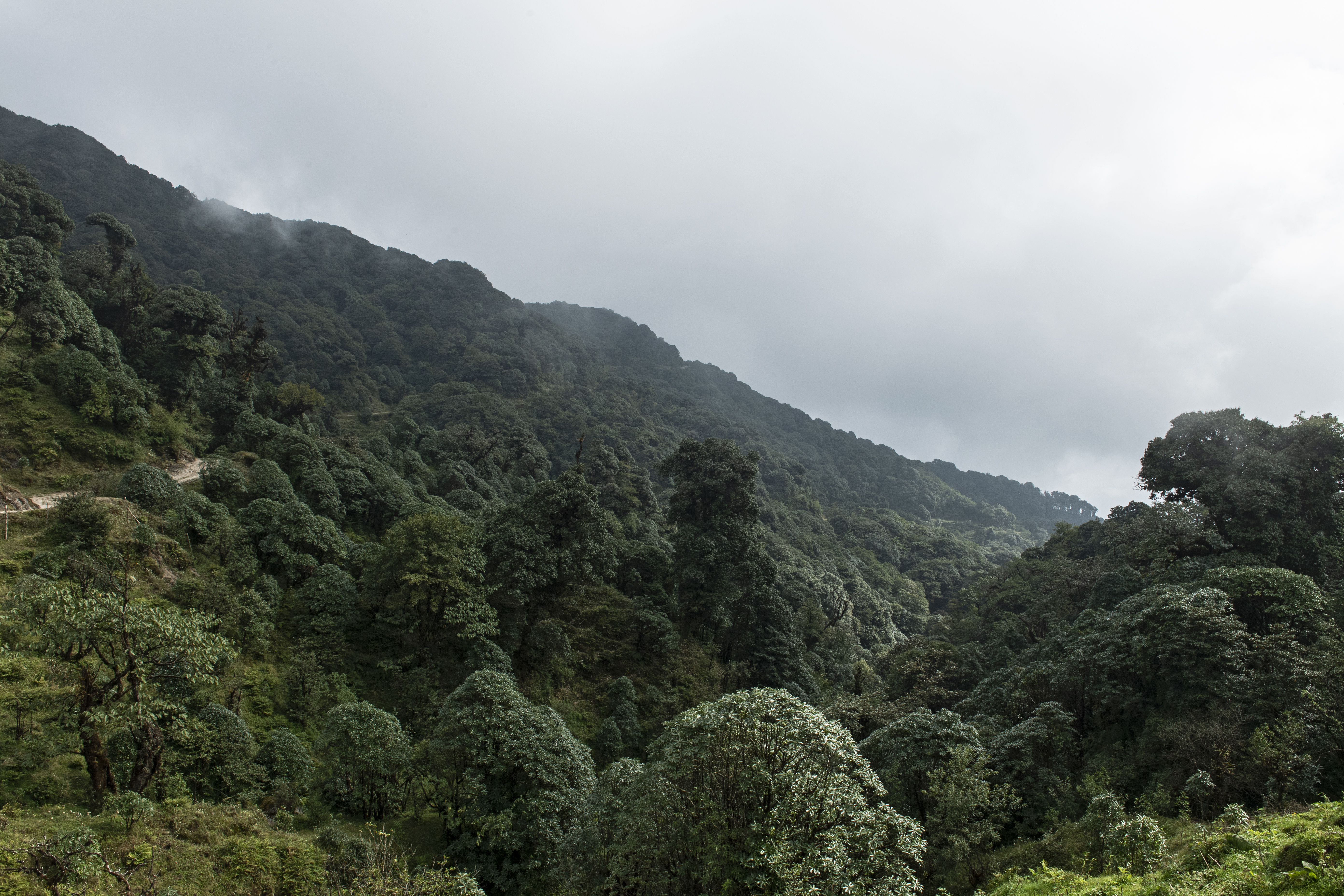Singalila national park-A trip to see the Habre Natures cutest animal
- shivaram1970
- Oct 5, 2018
- 2 min read
The Red Panda is the state animal of Sikkim is found in the Singalila national park. We stayed at the Habre’s Nest. This resort is on the Nepal side of the park. In Nepali the Red Panda is called a Habre. The eastern Himalayan birds are also fascinating. On this trip some of my friends were also lucky to spot the ever-elusive clouded leopard. They could not click photos but I think just seeing one in the wild itself is remarkable. We have to thank the efficient tracking team of Shantanu who find these solitary animals in these thick forests. It is like finding a needle in a huge haystack.

Every time the trackers sight a Panda we had to walk around 5 kilometers to reach the spot. All along the track each of us would be praying that the Panda stays. Of the three times it was spotted in the 5 days we were there only once could we photograph one on the other two occasions he had disappeared before we could reach.
Some facts on the Red Panda
The Red panda is a very unique animal. It is amongst the few living fossils.
There are 7 living fossils and they are
1) SOLENODON (Caribbean islands of Hispaniola and Cuba)
2) AARDVARK (Africa)
3) MONITO DEL MONTE (Chile and Argentina)
4) LAOTIAN ROCK RAT (Laos)
5) CHEVROTAIN (southeast Asia)
6) AMAMI RABBIT ( Japanese islands: Amami and Tokuno)
7) RED PANDA(China, India, Nepal, Burma, and Bhutan)
What is a living Fossil?
There are lots of animals still around that are remarkably unchanged from millions of years ago. These are popularly called “living fossils,” though that phrase is not usually used by scientists, and often give us insight as to the basal, or primitive forms and evolutionary history of other, more recently evolved animals. They also give us significant insight into the geologic history of the planet; animals survive when they can reproduce at a stable rate, simple as that. But these animals plateaued early, finding a way to breed, often in isolation (on islands, for example), at a stable rate, and remained successful without changing much, physically. We don’t really understand why this happens to some animals and not others, but the facts are pretty clear: they were doing fine, so they pretty much just stayed the way they are.
RED PANDA
The red panda is a total oddball, evolutionarily speaking. It’s the sole member of its family, Ailuridae, not closely related to, well, any other mammals in the world. It’s distantly related to the giant panda, but that split happened tens of millions of years ago. It’s been classified as a bear, a raccoon, and a weasel in the past. Current consensus is that it’s the sole living representative of what was once a powerful and wide-ranging group of animals. There were red pandas in North America, about 7 million years ago; lots of fossils were found at the Gray Fossil Site in Tennessee. They’ve also been found in Europe and all over east and Southeast Asia. And yet today there’s only the one, absurdly adorable creature, bounding around trees in China, India, Nepal, Burma, and Bhutan (this is a smaller region than it sounds).



Link to full Album



Commenti